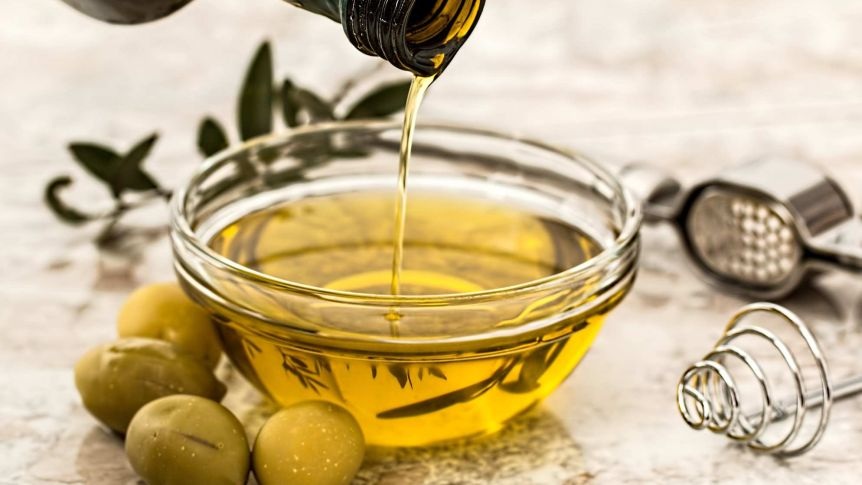Olive oil is a special case. Olive oil contains unsaturated fatty acids. This unsaturated monoenoic acid is called omega-9 fatty acid because the double bond is only on the 9th carbon atom. You have to understand one thing: most high-fat products do not only consist of one type of fatty acid, but often a combination of different fatty acids.
The profile of extra virgin olive oil looks like this:
- Saturated fats: 13.8%
- Unsaturated monoenoic acid: 73%
- Omega-6: 9.7%
- Omega-3: 0.76%
Now that we know which fatty acids contain olive oil, it is time to clarify which variant is the best.
Which variant is best?
Olive oilCarbon 60 is made from, you guessed it, olives. These fruits are picked from the olive tree and then pressed. This creates olive oil. But there is still a big problem around olive oil. Some olive oils are made from poor quality olives or even from oxidized fruits. In addition, chemical agents are sometimes used in the machining process or other cheap oils are added. Of course you don’t want that.
That’s why it’s really important to buy the right kind of olive oil. The best option is extra virgin olive oil. Native means natural and means that this olive oil is the least processed. This oil comes from the first pressing; this is what makes this olive oil so healthy. There are four levels of olive oil. I call them from the highest to the lowest quality:
- Extra virgin olive oil
- Native olive oil
- Pomance (Spain) or Sansa (Italy)
Whether oil can be called Extra Virgin depends on two facts:
- A laboratory test
- A taste test
The acidity of the olive oil is examined in a laboratory test. Then it is decided whether the oil is extra virgin or not. All other olive oils are sold under the following names:
- Mild olive oil
- Olive oil for baking and roasting
So now you know which variant of olive oil is the healthiest and what you need to watch out for. But what makes olive oil so healthy? And which substances are responsible for this?
Benefit: Olive oil contains healthy fats
You have already learned that olive oil consists largely of monounsaturated fatty acids (73%). It also consists of about 10% omega-3 and omega-6 fatty acids, but this is relatively negligible in addition to the monounsaturated fatty acids.
We know about omega-3 fatty acids that they have anti-inflammatory effects. And omega-6 fatty acids have an inflammatory effect. Therefore, ideally, there should be as little omega-6 fatty acids in the oil as possible. But what about monounsaturated fatty acids, what makes these fatty acids so healthy or unhealthy? One study showed that it is generally a very healthy fatty acid. This fatty acid also has an anti-inflammatory effect and therefore has many positive effects on the body.


